 Back in July we reviewed the 120GB Force Series GT and now we finally get our hands on the larger 240GB model. With the 240GB SSD market getting extra attention these days, we put it to the test, stacking it up against other 240GB models, as well as its smaller 120GB brother.
Back in July we reviewed the 120GB Force Series GT and now we finally get our hands on the larger 240GB model. With the 240GB SSD market getting extra attention these days, we put it to the test, stacking it up against other 240GB models, as well as its smaller 120GB brother.
Back in July we reviewed the 120GB Force Series GT and now we finally get our hands on the larger 240GB model. With the 240GB SSD market getting extra attention these days, we put it to the test, stacking it up against other 240GB models, as well as its smaller 120GB brother.
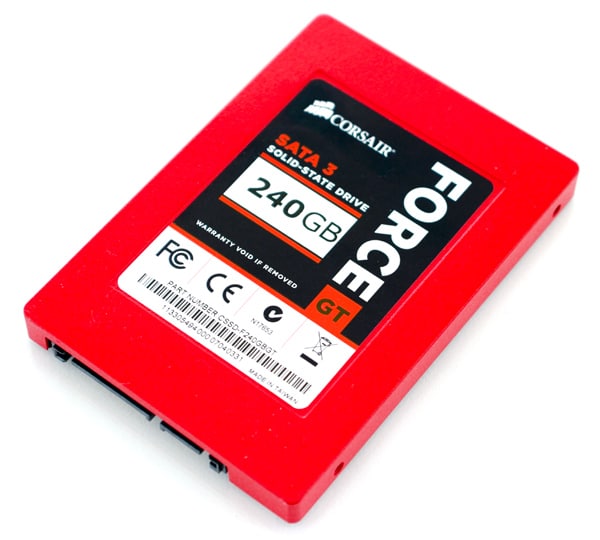
- Formatted Capacity – 223.57GB
- SandForce SF-2281 Processor
- 25nm Synchronous IMFT NAND
- 555MB/s Read, 525MB/s write, 85k IOPS (240GB Capacity)
- Power Consumption: 0.6w idle, 2.5w active
- 240GB, 120GB and 60GB Capacities
- MTBF – 2 Million Hours
- 3 Year Warranty
- 2.5″ Form Factor – Includes 3.5″ Bracket
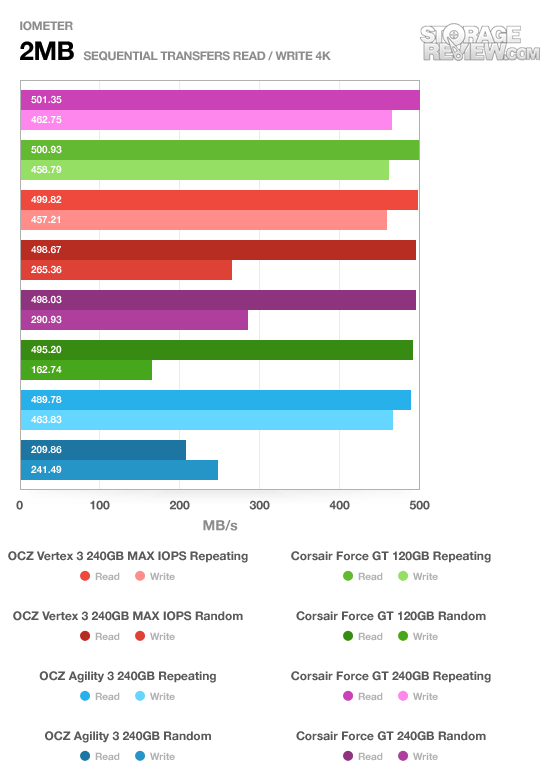
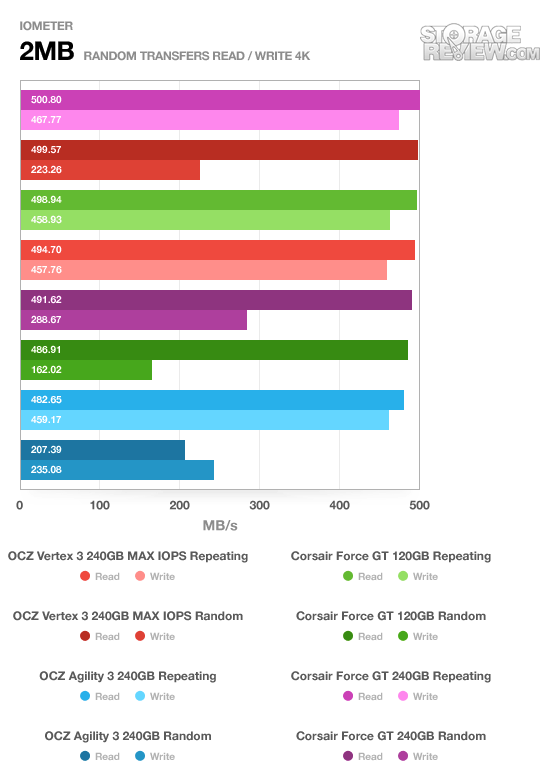
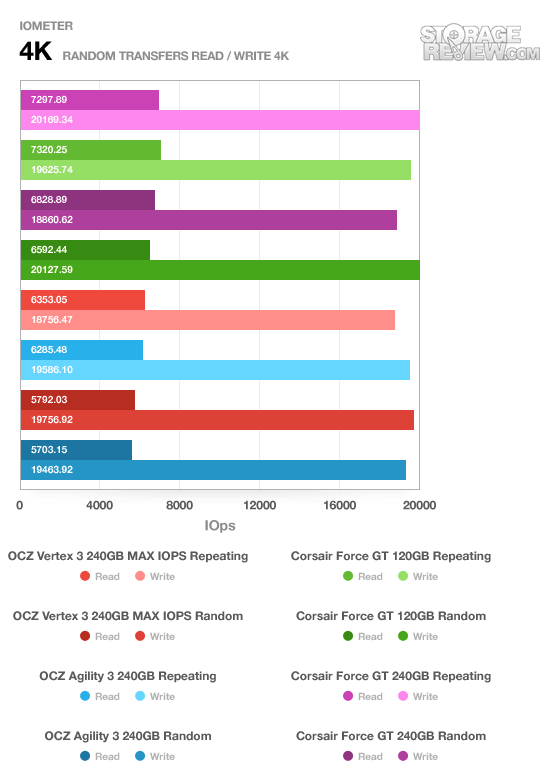
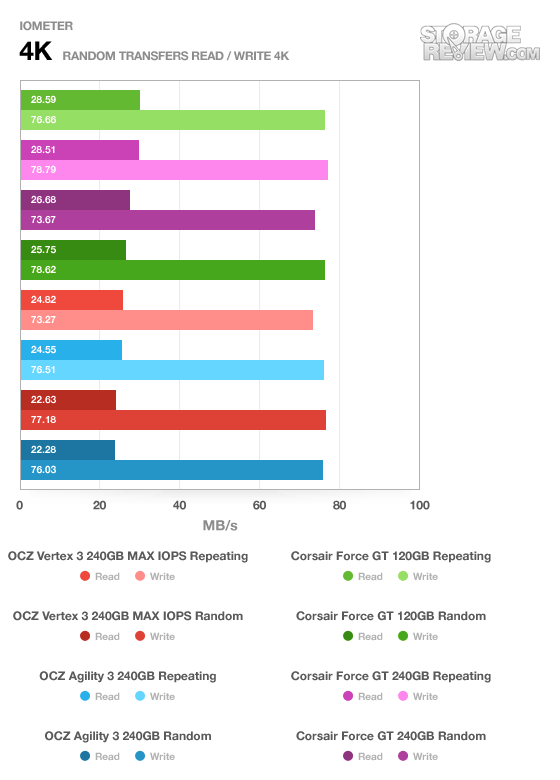
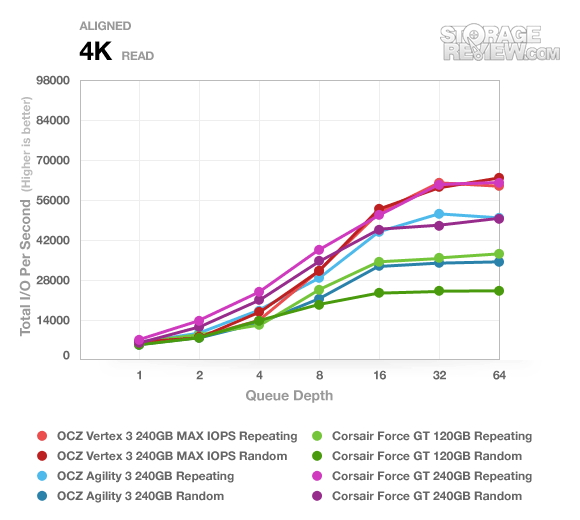
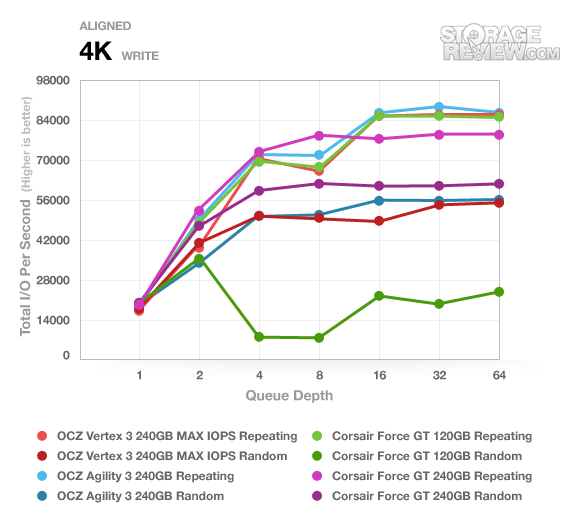
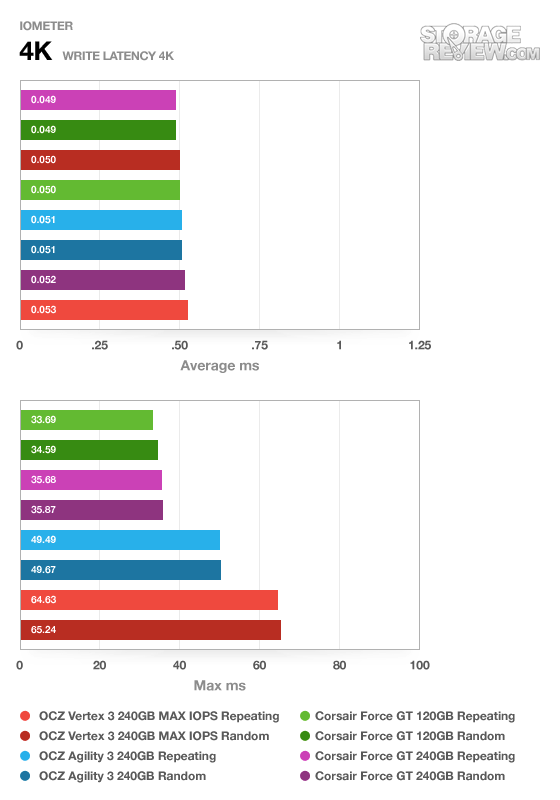
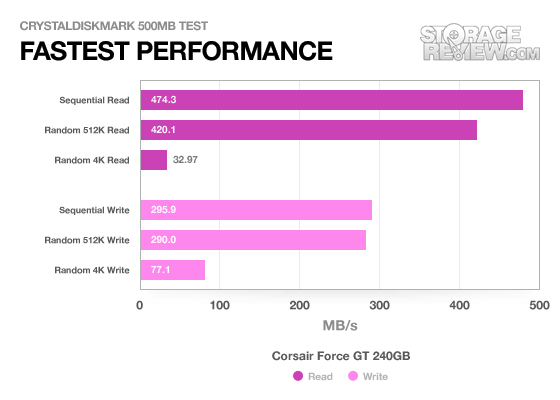
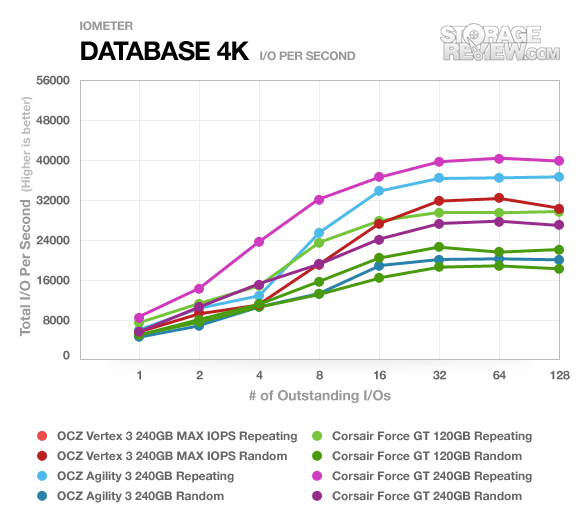
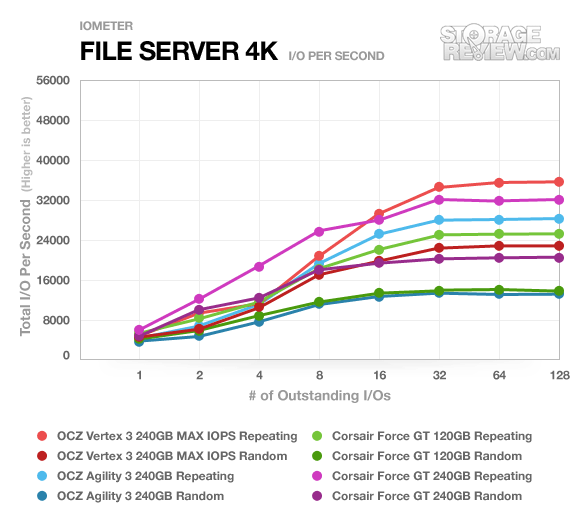
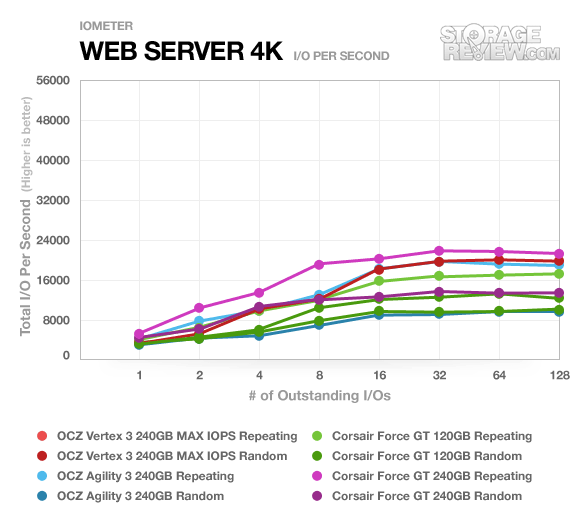
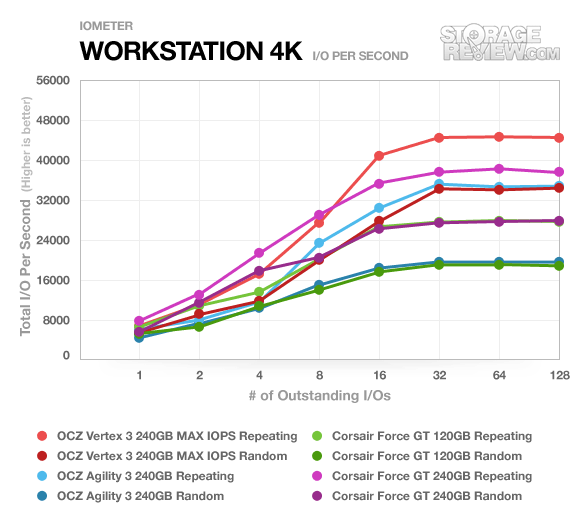
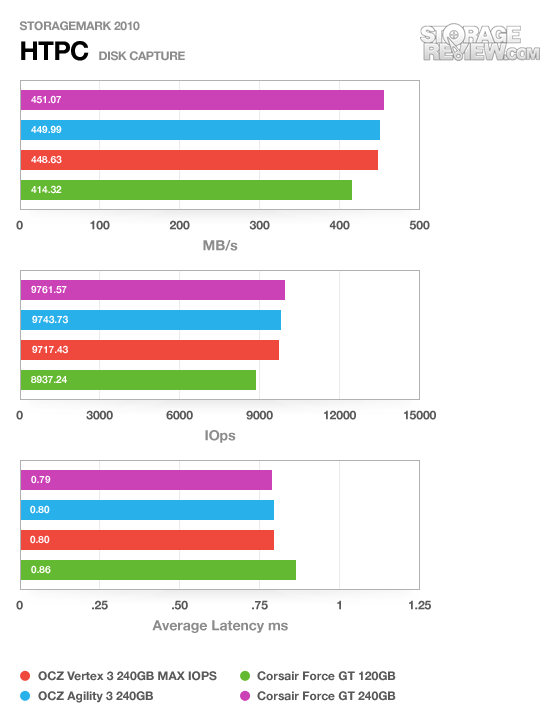
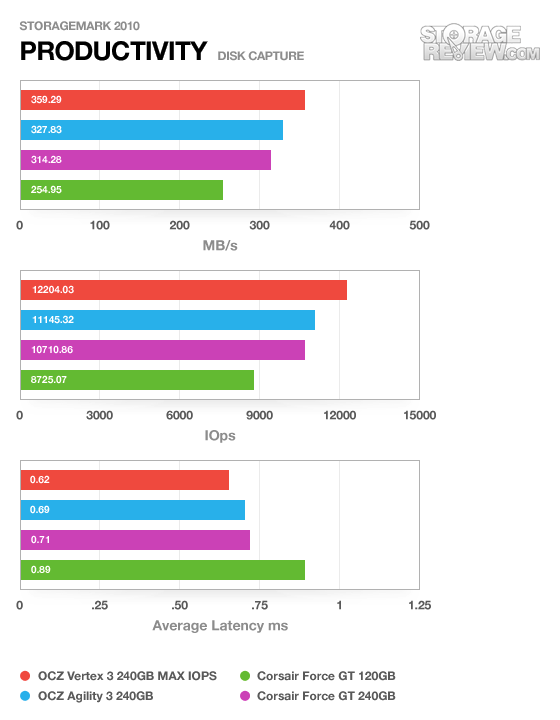
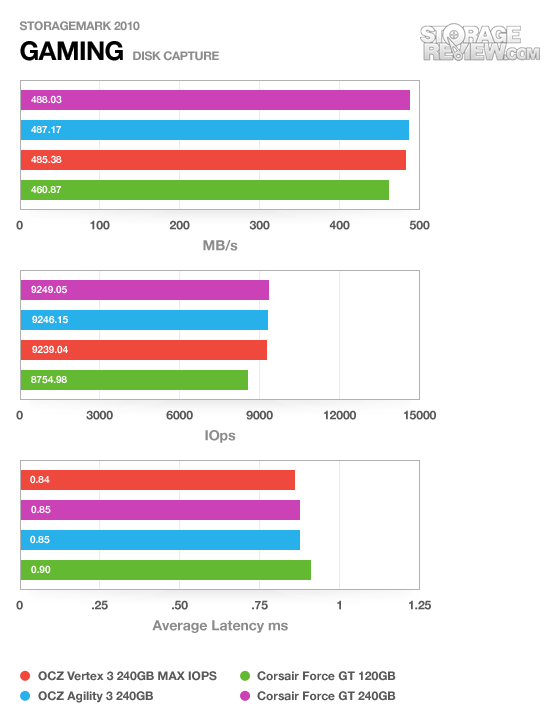
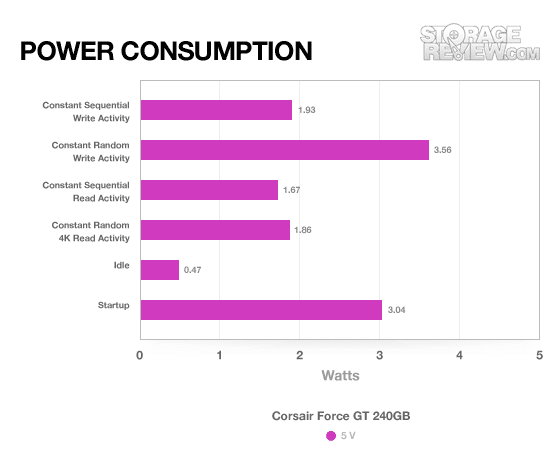
- Better write performance than the 120GB version
- Blistering overall performance
- Slightly more money per GB than the 120GB version
